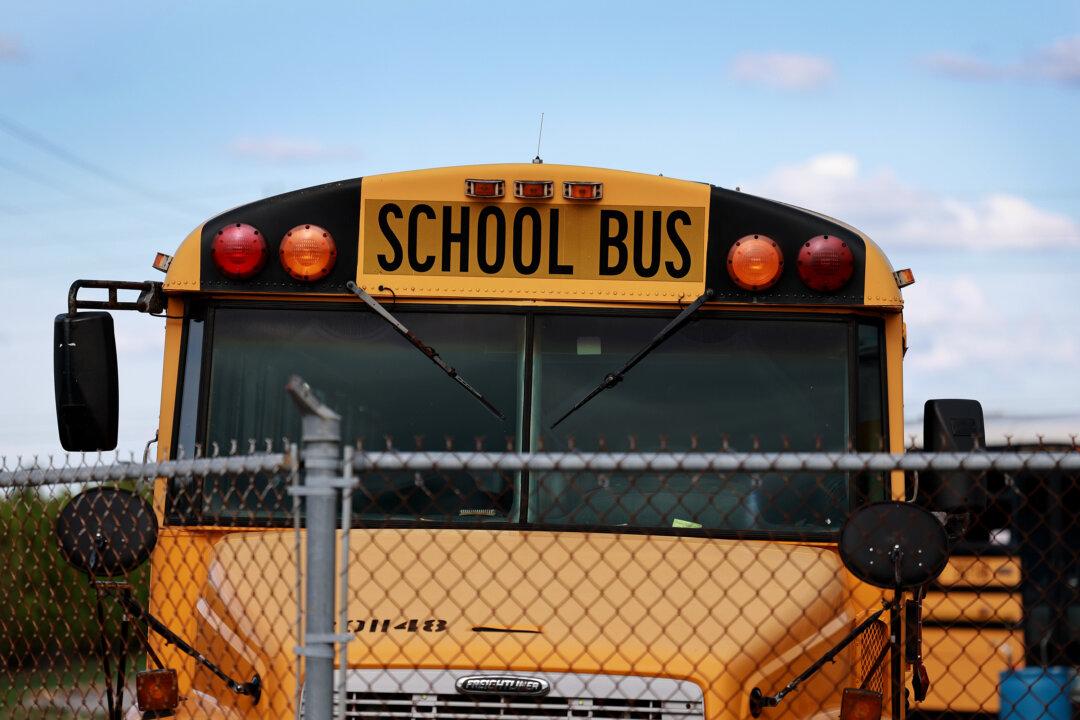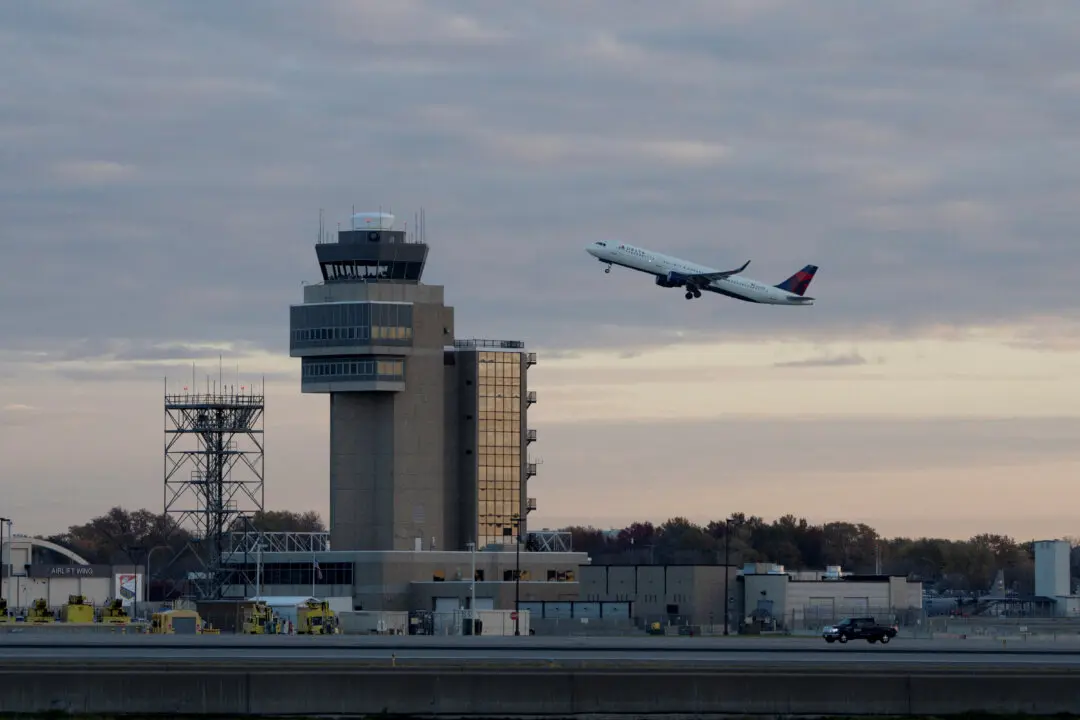Two-thirds of American students attended schools that had high or extreme levels of chronic absenteeism during the 2021-2022 school year, a recent analysis of federal data suggested.
Students are deemed chronically absent when they miss 10 percent of school days or more. Absenteeism numbers are separate from students who stopped attending school and never re-enrolled.





